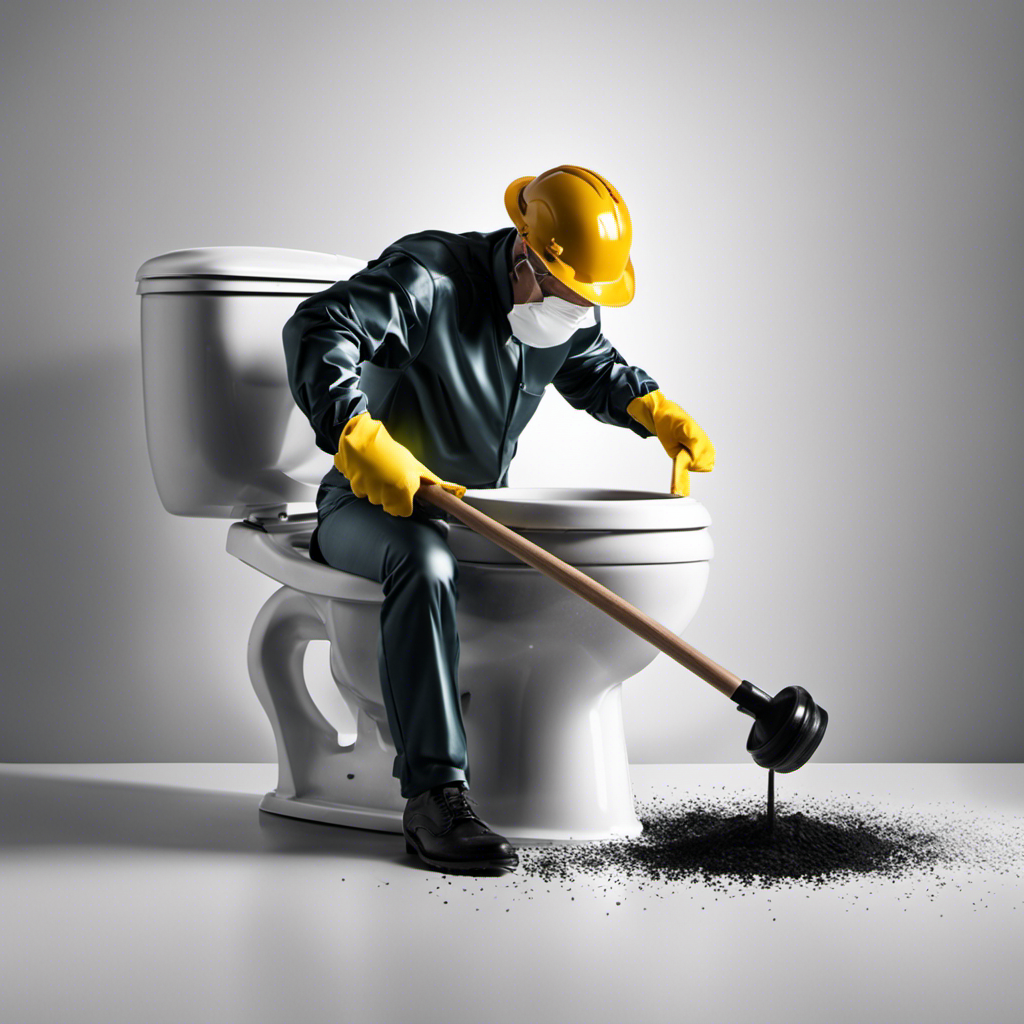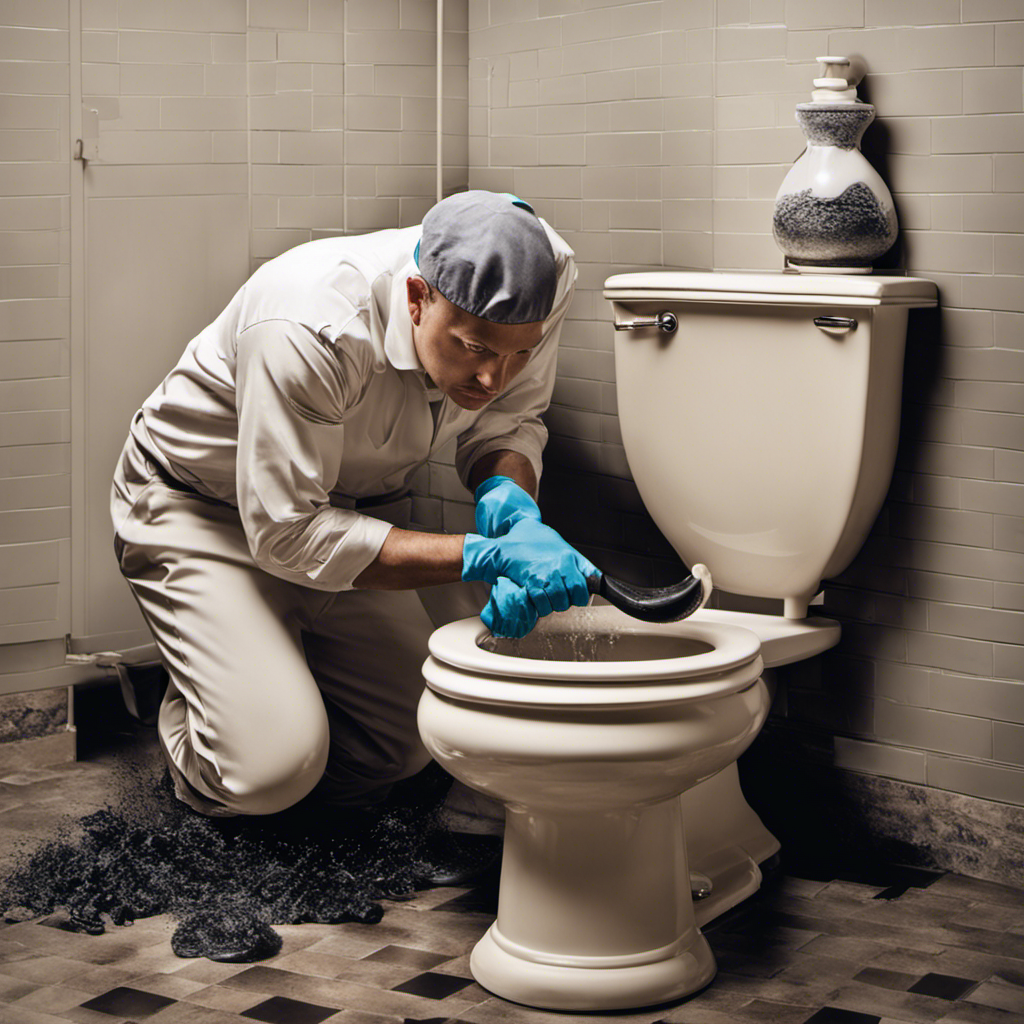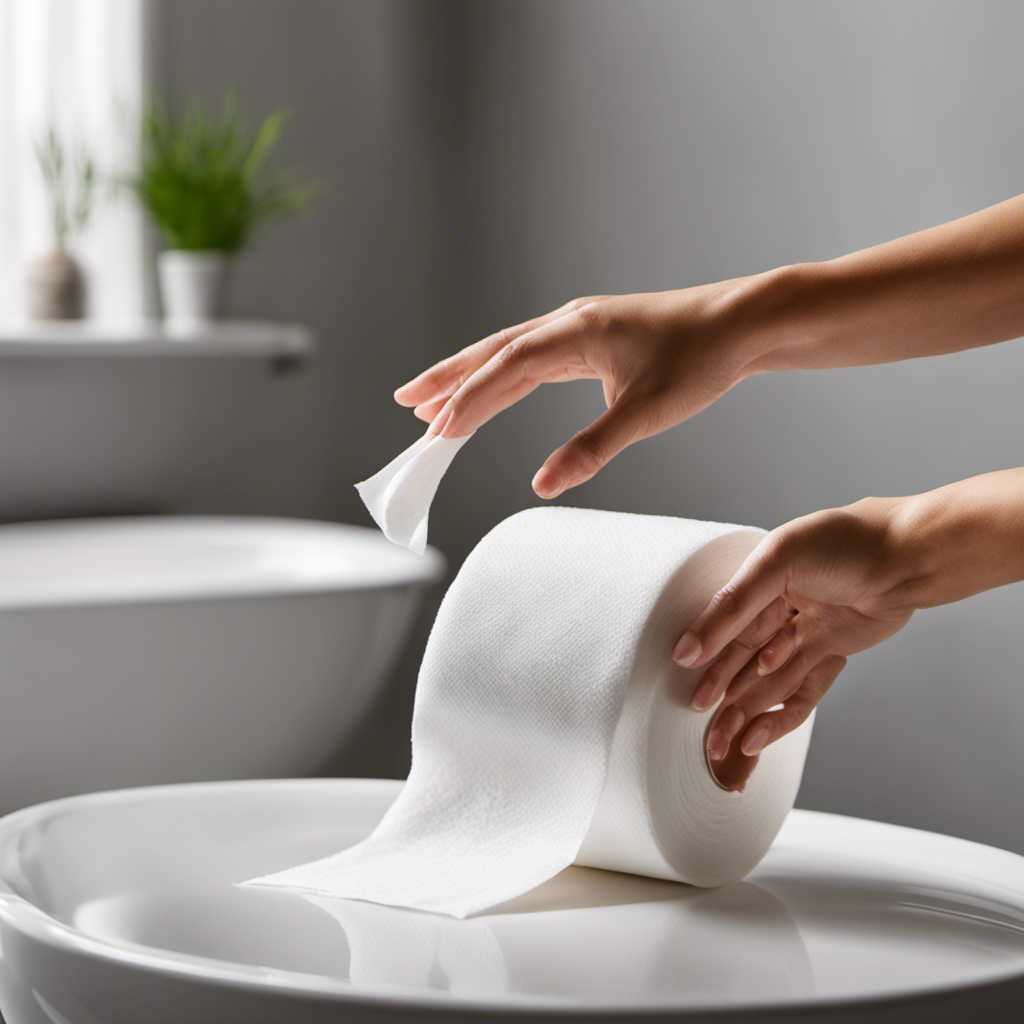Hey there!
Ever sat down on your toilet seat only to have it wobble and shift beneath you? It’s not only annoying, but it can also be a little unsettling.
Luckily, I’ve got just the solution for you. In this article, I’ll show you how to tighten a loose toilet seat step-by-step. With a few simple tools and a little know-how, you’ll have that seat secure and stable in no time.
So let’s dive in and get your toilet seat back to its sturdy self!
Key Takeaways
- Round-front and elongated toilet seats have different shapes and are suitable for different bathroom sizes and comfort levels.
- The common causes of a loose toilet seat include wear and tear of hinges, improper installation, and constant use and weight.
- Tools needed for tightening a loose toilet seat include a screwdriver (preferably Phillips head) and holding the bolt in place while tightening.
- To tighten a loose toilet seat, one should inspect the bolts and hinges, replace worn-out parts, apply adhesive for a stronger bond, and securely tighten the bolts upon reinstallation.
Types of Toilet Seats
If you’re looking for a new toilet seat, there are a few different types you can choose from. When it comes to different toilet designs, the most common options are the round-front seat and the elongated seat.
The round-front seat is circular in shape and is suitable for smaller bathrooms, while the elongated seat has an oval shape and provides more comfort for larger individuals.
Now, let’s talk about the common causes of looseness in toilet seats. One reason is the wear and tear of the hinges over time. Another cause is improper installation, where the seat is not securely tightened to the bowl. Additionally, constant use and weight can contribute to the loosening of the seat.
It’s important to identify the cause to effectively tighten your toilet seat.
Tools Needed for Tightening
To get started, you’ll need a couple of tools for this job. The most common mistake people make when trying to tighten a loose toilet seat is not having the right tools.
The common causes of a loose toilet seat are worn-out hinges or loose bolts. To fix this, you’ll need a screwdriver, preferably a Phillips head, to tighten the seat’s screws or bolts. Make sure to hold the bolt in place as you tighten it to ensure a secure fit.
Another common mistake is overtightening, which can cause the seat or hinge to crack. So, be careful not to tighten the screws or bolts too much.
With the right tools and a gentle touch, you’ll have your toilet seat tightened in no time.
Assessing the Loose Toilet Seat
Start by checking the hinges and bolts to see if they are worn out or need tightening. This is an important step in assessing the stability of a loose toilet seat.
Here are four common causes to consider when checking the stability of your toilet seat:
-
Loose bolts: If the bolts holding the seat in place are loose, simply tightening them with a screwdriver can solve the problem.
-
Worn-out hinges: Over time, hinges can become worn out, causing the seat to become loose. In this case, replacing the hinges may be necessary.
-
Damaged seat: A cracked or damaged seat can also lead to instability. Replacing the seat with a new one should resolve the issue.
-
Incorrect installation: Sometimes, a loose toilet seat is simply the result of improper installation. Double-checking the installation instructions and making any necessary adjustments can help improve stability.
Step-by-Step Instructions for Tightening
Follow these step-by-step instructions to secure your wobbly toilet seat. First, let’s understand the common causes of a loose toilet seat. It could be due to loose bolts, worn-out hinges, or a damaged seat. Now, for some quick fixes to temporarily tighten the seat, you can try tightening the bolts using a screwdriver or an adjustable wrench. Another option is to place rubber washers between the hinges and the seat to create a tighter fit. If these quick fixes don’t work, it’s time to move on to a more permanent solution. Use the table below as a guide to the next steps in tightening your loose toilet seat.
| Steps | Instructions |
|---|---|
| 1 | Remove the seat and inspect the bolts and hinges for any damage. |
| 2 | Replace any worn-out bolts or hinges with new ones. |
| 3 | Apply adhesive to the bolt holes on the toilet bowl to create a stronger bond. |
| 4 | Reinstall the seat and tighten the bolts securely. |
Additional Tips for Preventing Looseness
One way to prevent a wobbly toilet seat is by regularly checking the bolts and hinges for any signs of wear or damage. This is important because regular maintenance can help ensure that your toilet seat stays securely in place.
There are several common causes of toilet seat looseness, including:
-
Loose bolts: Over time, the bolts that hold the seat in place can become loose, causing the seat to wobble. By regularly tightening these bolts, you can prevent this issue.
-
Worn hinges: The hinges that connect the seat to the toilet bowl can wear out over time, leading to a loose seat. Inspecting and replacing worn hinges can help maintain a stable seat.
-
Improper installation: If the toilet seat was not installed properly in the first place, it can easily become loose. Double-checking the installation instructions and ensuring all components are secure can prevent this problem.
-
Heavy use: If the toilet seat is frequently used or subjected to excessive weight, it can become loose. Regular maintenance can help identify and address any issues before they worsen.
Conclusion
In conclusion, fixing a loose toilet seat is a simple task that anyone can do. By following the step-by-step instructions provided, you can tighten your toilet seat and prevent any wobbling or discomfort.
Remember to use the necessary tools and assess the situation before starting the process. By taking this proactive approach, you can ensure a secure and stable toilet seat experience.
So don’t let a loose seat be a pain in the you-know-where, take action and tighten it up!










